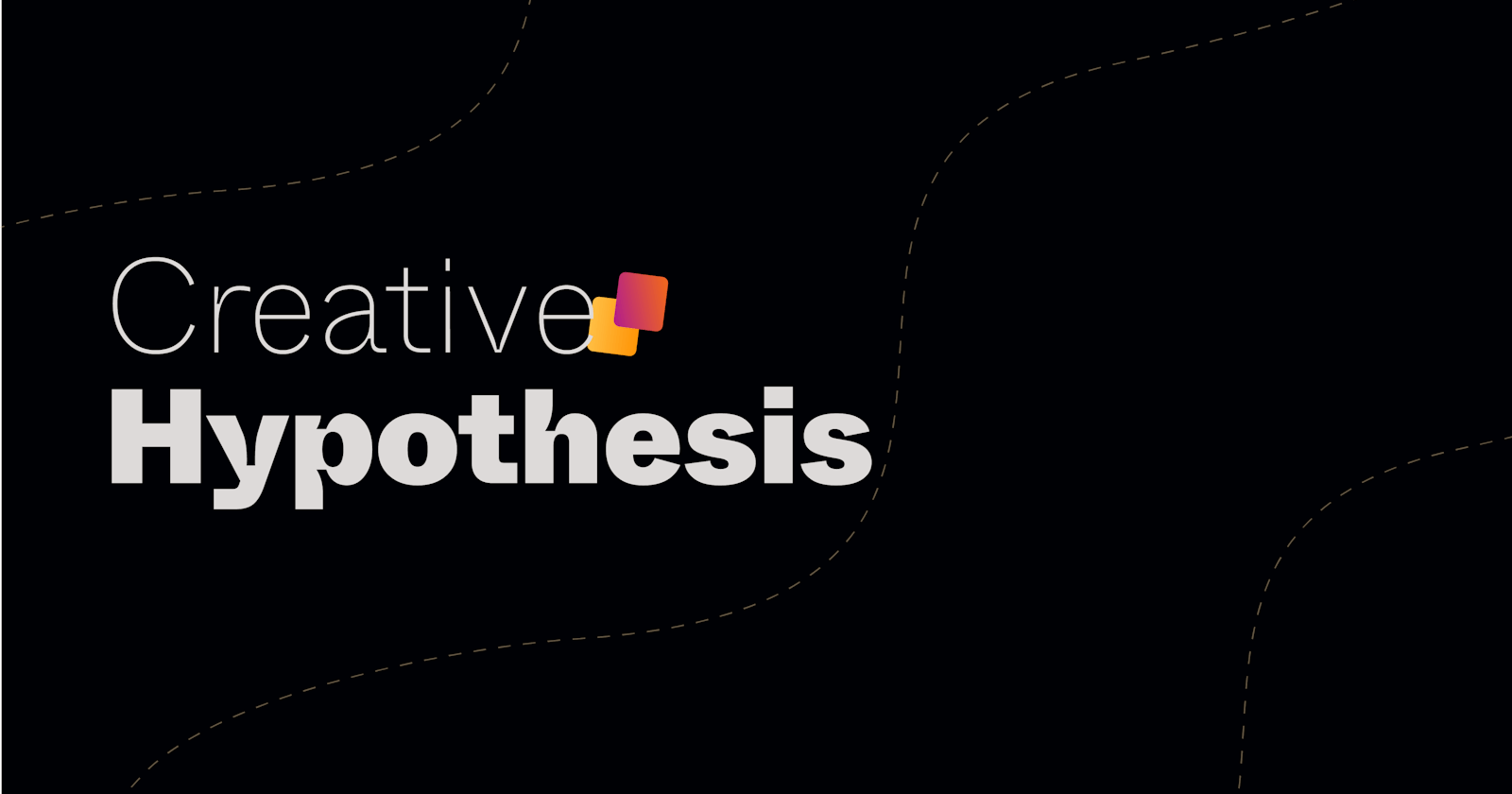You should think of weird things more often, probably is it just me that is still wondering why I need to sharp a broken pencil, or are you thinking same at the moment? I should get use to it by now but the question right now should be the theory behind the design and what basically inspired the Designer.
First Threat: We have all gotten to a point where lack of experience spoiled the whole work force, I think that’s okay so we can learn everyday, still at the early stages of your design career, you are trying to figure out what you want. Which most people doesn’t have any idea yet. Getting to learn, join communities find some work tools, and probably get to choose what area you would like to take off with either as a UI designer, UX designer, Graphic designer, Motion graphics designer, Animation designer etc.
Hypothesis: However, you should understand that the word Design is a pretty broad term, so before you get started I don’t think you want to miss the most important part of this which is the Hypothesis. Yeah! I know you may be surprised at this point then you’ll ask yourself, what does Hypothesis have to do with design?
At this point your first impression will have to connect with the word and it clarity, "Hypothesis is a set of principles on which the practice of an activity is based ". This hypothesis serves as a policy in design thinking, system and process with basic stages.
Theory Stages:
- Research
- Experience
- Build
- Analyze.
Research: This is one thing you can’t do without, trust me in every single process there is always an attempt to find something or investigate further just to secure a fact.
Research is the most important part of design theory, also during the research stage you can easily pull up really awesome and awkward ideas, but you should understand that research doesn’t solve your problems and also be informed that you don’t have to omit this stage which allows you to understand the complexity of the problem you want to solve. "Providing solutions is the only way to solve a problem" research also determines your response towards a problem and most likely tells if you will be able to solve the problem or not.
Experience: An additional information on your research, there should be an occurrence with an observed fact. A kind of learning process of a potential problem that should be solved; therefore applying the experience fact which includes the capacity to gain an accurate understanding of a design process, at this level you can easily make changes or iterate in low fidelity, evaluate more and avoid jumping straight to your design tool.
Build: At this point you try to establish and develop something abstract, after lots of brainstorming and exploration of ideas you finally get to arrive at something and now is the time to build. This phase is the cognitive process of decision which makes everything much easier to create and this may include a high fidelity for review.
Create things with class and remember to make them stable and attractive, also having a constructive concepts which is ultimately necessary then concentrate on the concept execution and verifying it.
Analyze: Yeah it’s time to test and deploy at this point your priorities should be set on the users therefore; you will have to consider every aspect of the design process to be important, and once your analysis goals are set then you proceed. This is an opportunity to learn something, where you can see actual response, adoption and behavior from real users, this is the best and meaningful feedback you can get. In order to discover and break down into the essential features to see if your solution can be converted into an actual product, examine in detail and interpret it.
Conclusion: Hypothesis is the theory you should know that, so before you get started on this track or probably if you are on it already then definitely the Theory must be your unique pal. Relax and create, put this points to a test and let it roll with you. Remember, do not start building without an idea of a potential problem, but still always let the solution emerge from a dynamic thinking process.
